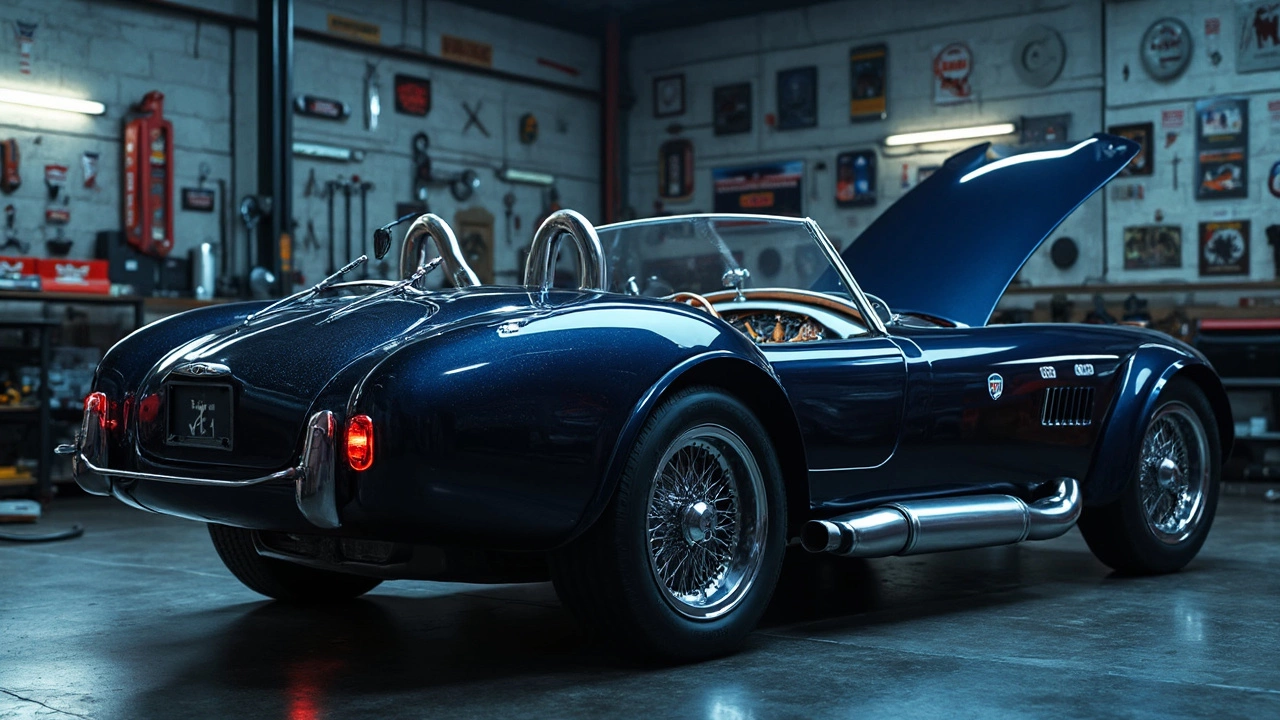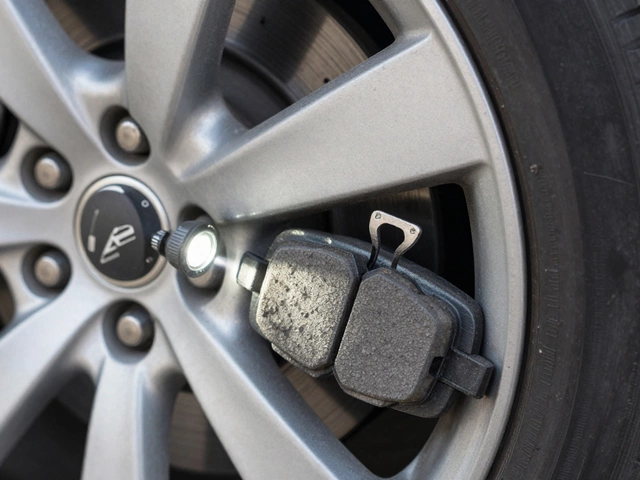300 hp Performance Tips – Keep Your Power Car Running Smooth
If you’ve got a car that makes around 300 horsepower, you’re already in the fun zone. But high power means higher stress on every part of the vehicle. Below are simple, no‑nonsense steps to squeeze extra performance while keeping reliability high.
Power Upgrading Essentials
First off, think about the air that feeds the engine. A premium air filter or a well‑designed cold‑air intake can add a few more horses without any complicated tuning. It’s cheap, easy to install, and the filter’s lifespan matches a normal service interval.
Next, the exhaust. A free‑flowing exhaust system reduces back‑pressure, letting the engine breathe better. Look for a brand that offers a cat‑back setup with stainless steel construction – it’s quieter than a straight pipe but still frees up flow. Remember, a louder exhaust doesn’t always mean more power, so match it with a proper tune.
When the engine can take more air, you’ll need a matching fuel upgrade. High‑flow fuel injectors or a quality fuel pump keep the mixture balanced. Bad fuel delivery is the #1 cause of misfires in a 300 hp car, so check the pump pressure if you notice a stumble.
Don’t forget the clutch. A 300 hp engine will slip a stock clutch faster than a lower‑output engine. A performance clutch kit—often called a Stage 2 clutch—offers better grip and can handle the torque without burning out. It’s a modest investment that saves you from a sudden loss of drive.
Maintenance Must‑Dos for 300 hp Cars
Regular oil changes are a must. High‑output engines run hotter, so use a synthetic oil with the correct viscosity rating. Change the oil filter every 5‑7 000 miles to keep debris out of critical parts.
Cooling is another hot spot. A larger radiator or upgraded coolant hoses can stop the engine from overheating during spirited driving. Keep an eye on the coolant temperature gauge; if it climbs above the normal range, pull over and let the engine cool.
Suspend the car right. More power means more lateral force when you corner. Upgrading to performance shocks or adjustable coil‑overs improves handling and keeps the car planted. Pair them with quality alloy wheels and low‑profile tyres that have a high speed rating. The right tyre compound can make a huge difference in grip and safety.
Brake wear jumps up with 300 hp. Use brake pads that can handle higher temperatures, such as ceramic or semi‑metallic compounds. Check rotor thickness regularly; warped rotors cause vibration and longer stopping distances.
Finally, keep the electronic side of things in check. A proper engine tune, whether via a handheld programmer or a dealer’s flash, ensures the ECU knows about any hardware changes. A bad tune can cause lean conditions, leading to engine damage.
Owning a 300 hp car is rewarding when you treat it right. Follow these simple upgrades and maintenance habits, and you’ll enjoy the power without surprise breakdowns. Need new tyres, a clutch replacement, or a quick alignment? Stop by Northwich Tyres Centre – we’ve got the parts and the expertise to keep your high‑performance ride on the road and under control.
 10 February 2025
10 February 2025
Choosing the Right Exhaust Size for 300 HP
Picking the right exhaust size for a 300 horsepower engine is crucial for achieving optimal performance and efficiency. This article breaks down why the exhaust diameter matters, the impact on your vehicle's power and sound, and tips to choose the best option tailored to your car's needs. Explore how materials and design play a role in your exhaust system's functionality. Get ready for a smoother ride with the right setup.






0